- Waste and recycling
The SAWRRIP Companion Report - web version (2018)
Assumptions for Waste Flow Projection Modelling: South Australia’s Waste and Resource Recovery Infrastructure Plan Companion Report: Modelling Assumptions (Companion Report) provides an overview of key data and assumptions underpinning the model and shows the output tables. 1.1 Baseline waste volumes estimates Waste volumes for the baseline period (2015-16) were estimated based on the best available data. The baseline resource recovery waste volumes (including breakdown by metro/regional, source sector, and materials) were sourced from South Australia’s Recycling Activity Survey 2015-16. Hazardous waste volumes were based on a study undertaken by the Australian Government (Australian Government Department of the Environment, 2015). This information was then broken down by the South Australian Government Regions on a population basis using population data (Australian Bureau of Statistics, 2016). Adjustments to Commercial and Industrial (C&I) waste volumes were made for select regions where it was known that volumes of particular materials were generated in the region (e.g. fly ash from mid-north, timber from the South East, foundry sands from Yorke and Mid North, organics from Murray Mallee and Barossa, Light and Lower North, etc.). The baseline landfill waste volumes were sourced from a combination of: The 2015-16 South Australian recycling activity data for totals by metro/regional and source sector (Green Industries SA, 2017) The 2007 South Australian landfill audit estimating material composition of C&I, Construction and Demolition (C&D) landfill streams (Zero Waste SA, 2008) Councils’ kerbside audit data for materials composition of Municipal Solid Waste (MSW) landfill stream (various audits, unpublished), with information then broken down into the South Australian Government Regions on a population basis using population data (Australian Bureau of Statistics, 2016) 1.2 Waste generation projection. Waste volumes were projected for future periods using demographic and economic data. Volumes of MSW and medical waste were projected using the most recent data on South Australian population projections (medium series) from the South Australian Department of Planning, Transport and Infrastructure (South Australian Department of Planning, Transport and Infrastructure, 2016) using the more conservative estimates for waste generation (adopting over the 10-year period projections from 2016 to 2026).
Download




